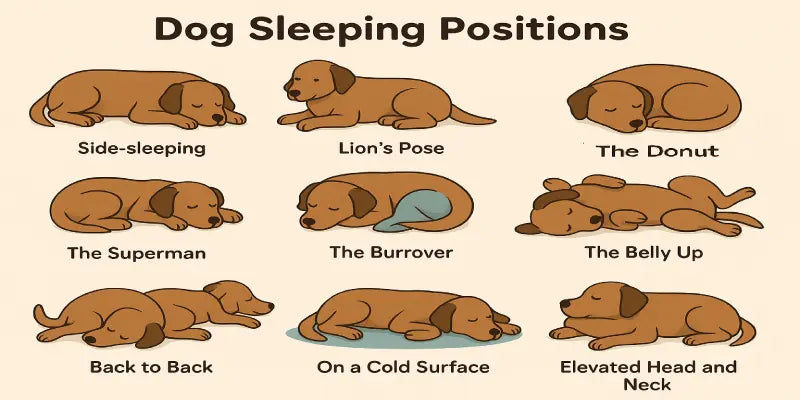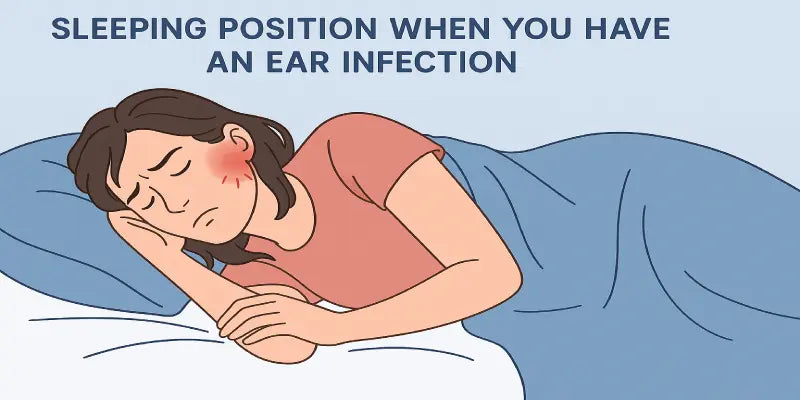
How To Avoid Back Pain During Car Driving
Most of us love long rides and driving to our favorite places. The freedom one feels when driving is incredible. Road trip fantasies come true with gorgeous, empty roads, lush greenery on either side, and wind-blown hair. However, driving can quickly turn into a nightmare if it begins to impair your health, particularly your back.
Back pain is the most common complaint among those who commute long distances to work or drive for a living. According to one study, those who are subjected to high vibration levels, such as those caused by hours spent on the road, are substantially more likely to experience lower back pain while driving. In this blog, we’ll read about how you can avoid back pain while driving by making small adjustments.
Use a Lumbar Support Pillow
Lumbar support pillows are an excellent option if you experience lower back pain while driving. Although some car seats strive to provide the most comfortable seating position, there may not be enough lumbar support to support the spine.
Lumbar support cushions bridge the gap between your lower back and the car seat.
Lumbar support cushions support your lower back, often known as the lumbar region. This helps relieve some of the pressure on your spine. Degenerative disorders including osteoarthritis and spinal stenosis can cause pain and stiffness in the lumbar region while driving, particularly in older persons.
Some vehicle seats provide Lumbar support to help riders maintain excellent posture and prevent lower back pain.
Adjust Your Car Seat
You can move your seat forward and backward, up and down, and tilt the back and bottom of the seat. To support your back, adjust your seat so that your spine is straight and aligned. You can keep your spine straight even if you lean back slightly. Sit with your weight evenly spread to both sides of your body. Your thighs should be flush with the entire seat. Your knees should be slightly lower than your hips.
Your car's size can affect seat adjustability capabilities. Compact vehicles that are too small to fit your height may have insufficient headroom, making it.
Adjust your Steering Wheel
Adjusting the height of your steering wheel can also relieve pressure on your neck and back. Pull your steering wheel closer to you so your arms don't stretch forward. This should relieve strain on the neck, shoulder, and upper back muscles. Many drivers experience less arm pressure in this position, especially if they can comfortably rest their arms and elbows on the armrests while driving. While you're at it, adjust your back and side-view mirrors to prevent neck strain.
Try a Heated Seat Cushion
Heat relieves pain by relaxing constricted blood vessels. Heated car seats may help loosen tight muscles, minimize muscle spasms, and relieve stiff joints by improving blood flow to the back area. Some heated car seats have a massaging function, which can provide relaxing comfort and alleviate back strain. If your car does not have heated seats, you can purchase a heated car seat cover and install it manually.
Take Breaks in between
One of the most enjoyable things you can do when traveling is to stop sometimes. Walking, stretching, and moving lessen stiffness and tension, which can help relieve back discomfort and keep it from worsening. If you can find a location with green grass, you can do some stretches or yoga poses to relieve back pain. Sitting for extended periods of time might increase swelling in the lower extremities. Walking can help with edema by reducing fluid buildup in the ankles, feet, and legs. This fluid buildup might lead to back pain from driving.
Maintain a Good Posture
Even though many car seats aren't designed for good posture, we often don't help ourselves. Sitting too far away from the steering wheel, requiring you to curve forwards to steer, is a regular issue, as is the wheel being too high or low, resulting in stress in the shoulders. Similarly, if you're too far from the pedals, you'll find yourself reaching with your legs, and because your back's stability is already weakened, your lower back will tire fast, causing you to slouch.
If your feet can't fully press down on the clutch without overstretching your legs, move your seat forward. This improves stability and reduces the load on your hip flexor muscles. Make sure your hips are not higher than your knees. If so, modify your seat height or sit on a lumbar support for car.
Conclusion
Back pain shouldn't negatively impact your driving experience. You can try using these tips to prevent back pain while driving, resulting in a more pleasant and enjoyable drive. Remember that keeping good posture, taking regular breaks, and adopting stretching and exercise routines are all important for spinal health. Prioritizing your well-being while driving improves your driving experience while also benefiting your overall health and quality of life.
If your car seat is not designed to give optimal support to your back, you can try Sleepsia Lumbar Support Pillow. It's an ergonomic lumbar support pillow with a unique convex form. Its design ensures that your backrests will fit perfectly. This is the ideal back support for the bed. No lower back ache. It provides therapeutic treatment for back discomfort.








